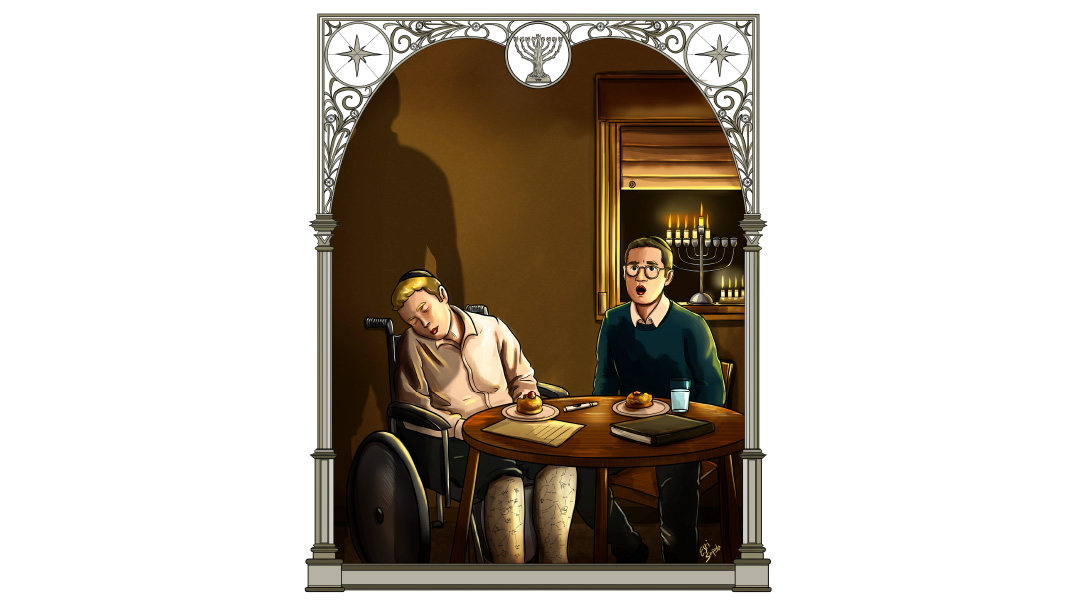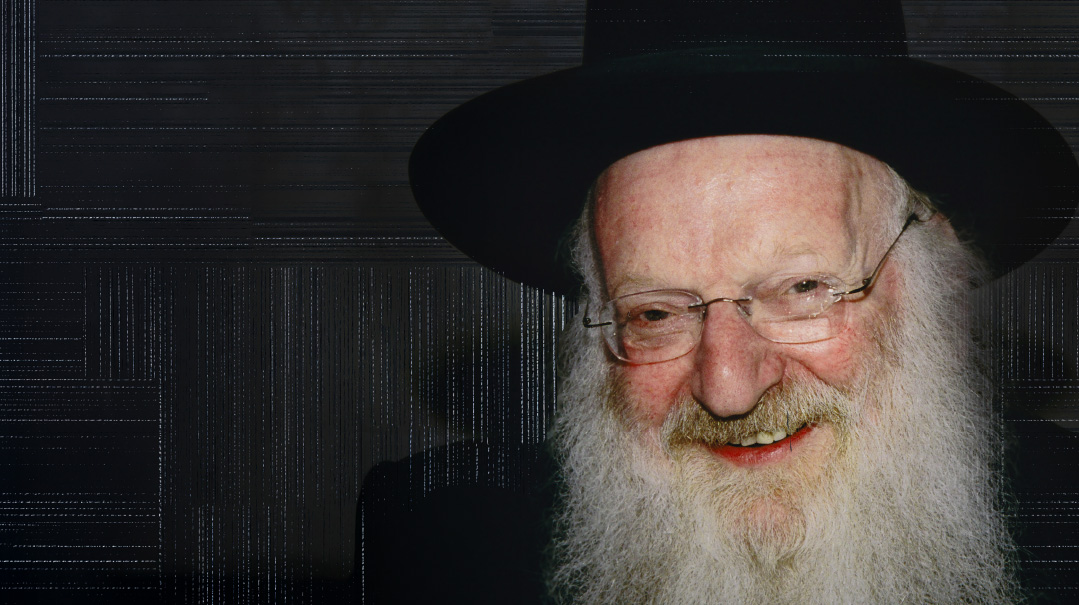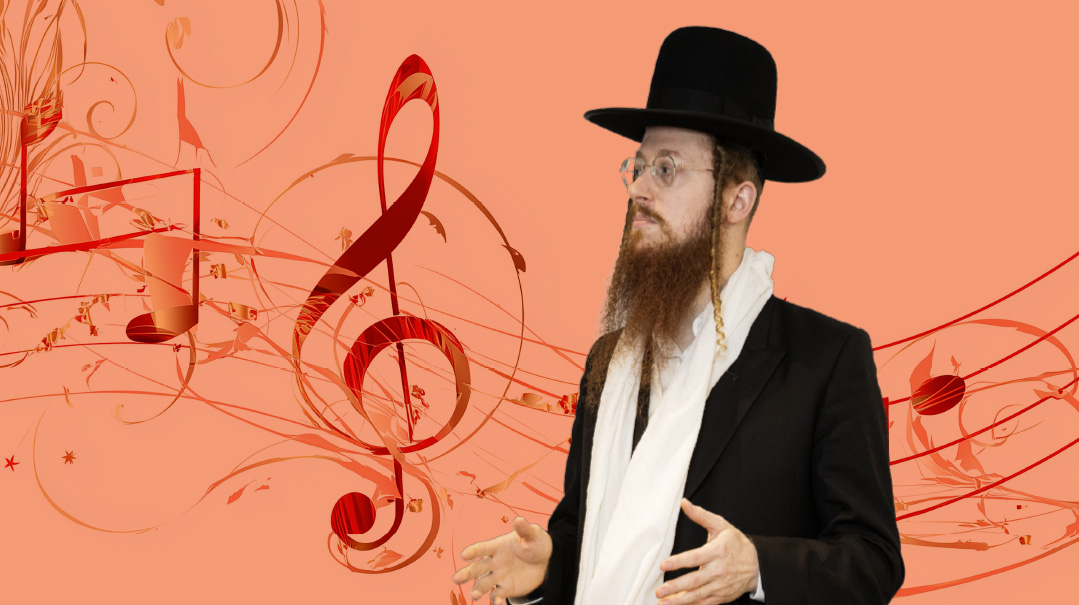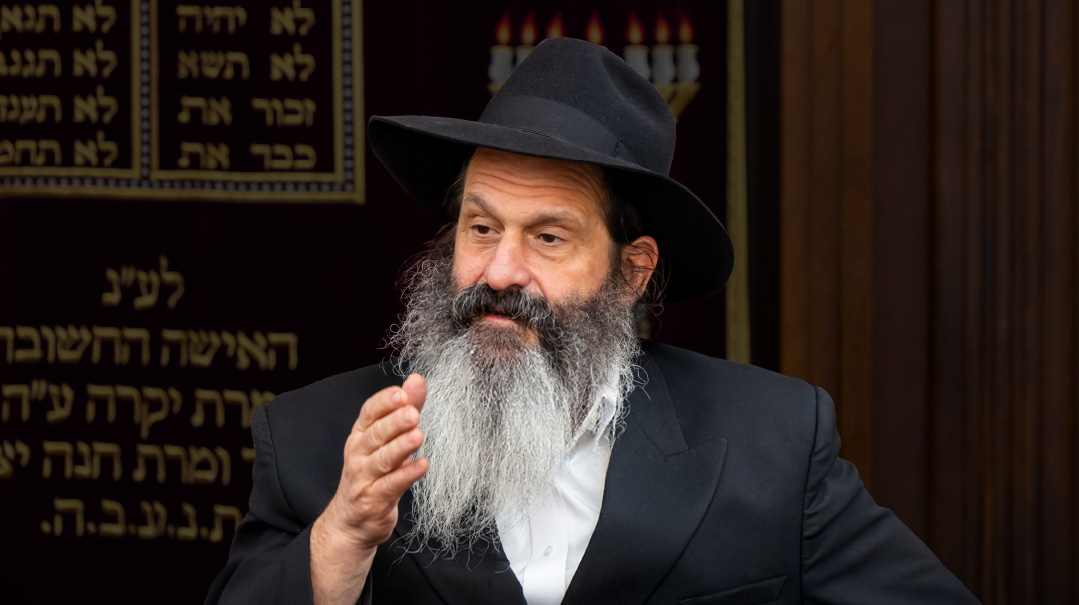Living in the Past
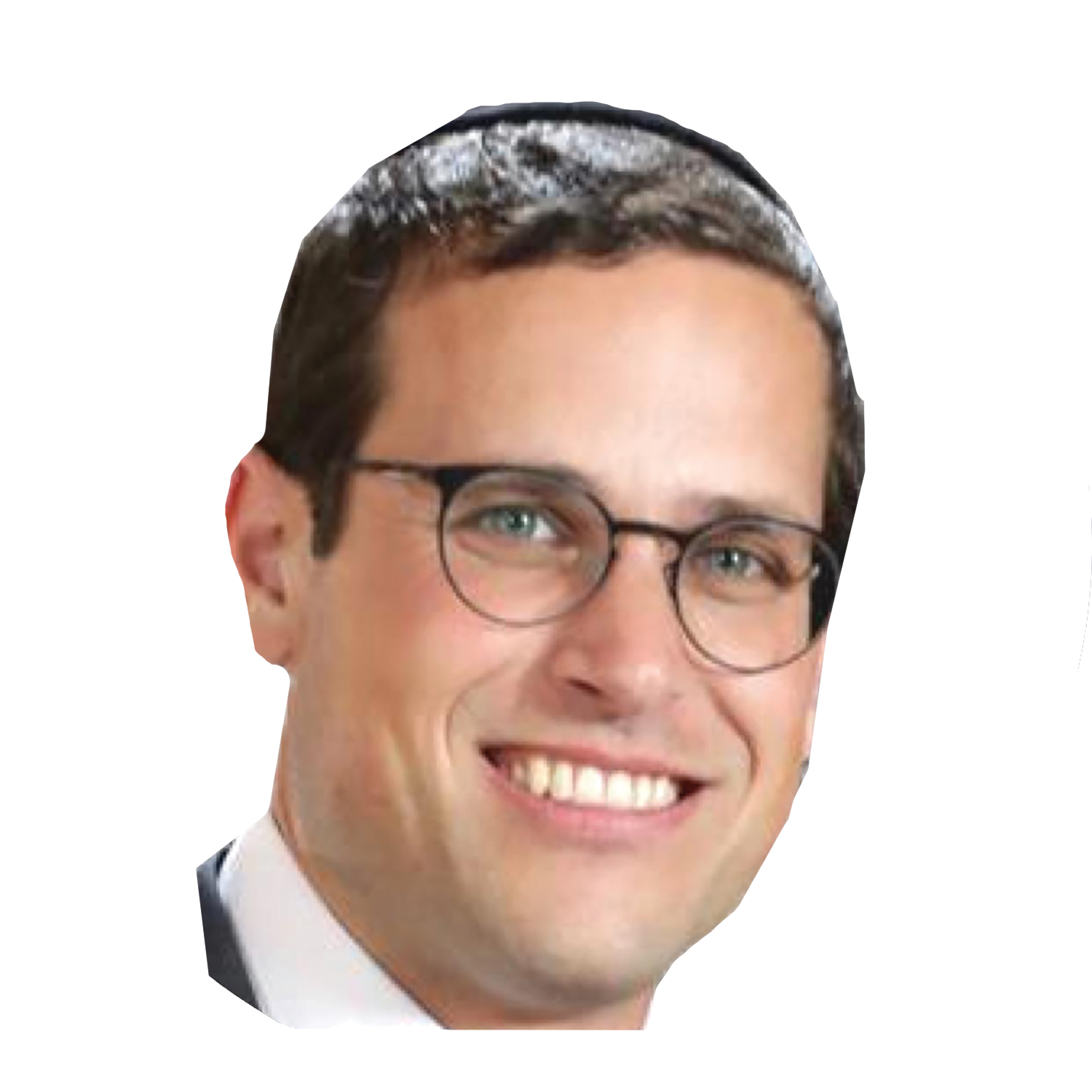
Like a kid in a candy store: Inside YIVO’S archives with the Jewish history dream team
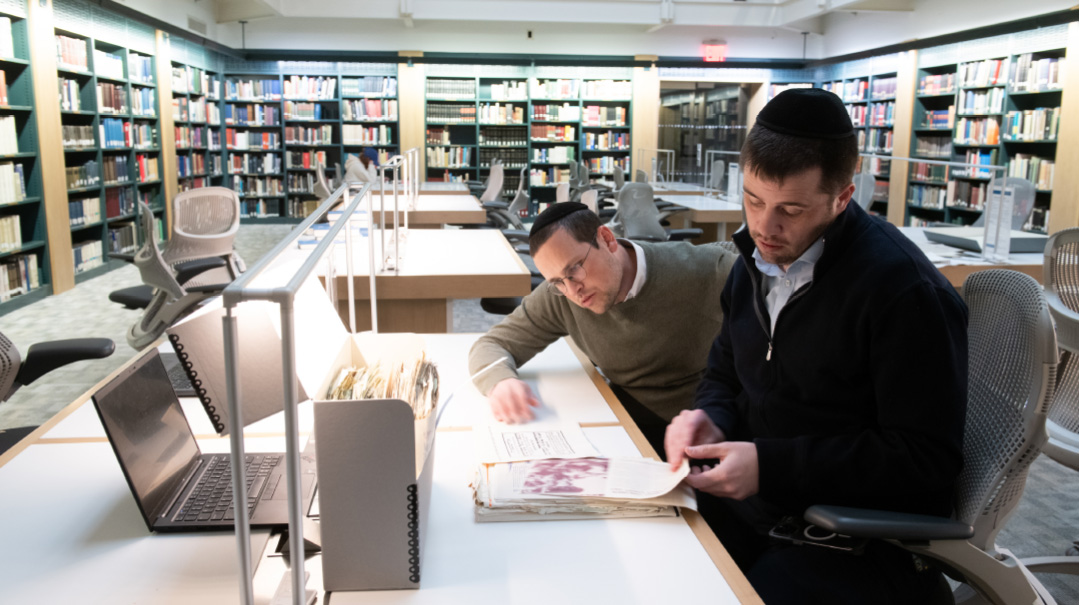
Photos: Jeff Zorabedian
You’d never know it from the outside, but a nondescript building on 16th Street in Manhattan is home to the 24 million documents of the YIVO institute, a massive archive of Jewish life in the last century, now celebrating its 100th anniversary. From the files of Vilna’s Vaad Hayeshivos to Yiddish newspaper clippings, Jewish immigration records, and anything imaginable in between, for us Jewish history buffs, it was a veritable treasure trove
MY day job has me regularly traveling into historic alleys and byways — I lead trips to Europe and traverse Jewish towns, kivrei tzaddikim, shuls, yeshivos, and Holocaust sites regularly. But my week immersed in YIVO’s historical reservoir has a completely different tone and feel.
I’m sitting with my dear friend and longtime collaborator Dovi Safier in the reading room of what’s officially known as the Center for Jewish History. A quiet and convivial place; the room boasts floor-to-ceiling bookshelves, comfortable tables and chairs down the center, and bright lighting. At each table, researchers hunch studiously over books and documents. This is our third day in the same location, at the same table, and we’ve only begun to get a sense of the contours of the vast repository surrounding us.
Located in a large nondescript building on 16th Street off of 5th Avenue in New York’s Chelsea neighborhood, the Center for Jewish History is actually a merger of sorts, the largest component of which is our destination for the week: the YIVO Institute for Jewish Research.
YIVO has a long and colorful history. It was initially established in Vilna 100 years ago under the Yiddish name Yiddishe Wissenschaftlecher Institute, the acronym of which provided its name. The year 2025 has been designated as a year-long centennial celebration for the institute, whose holdings currently number over 24 million archive documents, along with a library collection of nearly 400,000 volumes.
After negotiating the bustle of Grand Central Station, entering YIVO’s reading room feels like stepping into another dimension. Waiting on the main table are several folders — items we’d ordered from the enormous archive, and which the accommodating archivists had faithfully prepared in advance.
This morning, our waiting folders hold a large cache of interwar rabbinic correspondence, one of the countless gems in the seemingly endless archives of the Vaad HaYeshivos Collection. The Vaad, which was established in 1924 Vilna by Rav Chaim Ozer Grodzenski and the Chofetz Chaim, dealt with Europe’s yeshivah world, and this archive holds a veritable gold mine of material: from the administrative management letters dispatched by Rav Yosef Shub and Rav Aharon Berek, who oversaw the entire operations of the Vaad Hayeshivos, to various roshei yeshivah’s desperate pleas for assistance, to responses from the network of communal rabbis across northwestern Poland who loyally trudged from town to town to solicit funds on behalf of the yeshivah world.
Several years ago, the entire collection was digitized, opening the world of interwar yeshivas to the public. What followed was a surge of newly published works in a field that had long been overlooked by both writers and academics. We get to work poring over these original documents — among them handwritten letters in Yiddish, original photographs, printed summaries of fundraising efforts, yeshivah budgets, and schedules for events — and are transported in time and place to the inner world of the letter-writers themselves.
A folder associated with Rav David Lifshitz, the Suvalker Rav, grabs our attention. Though Rav Lifshitz gained wide acclaim after the war, when he served as rosh yeshivah in RIETS and as a leader of the Agudas Harabonim in the United States, much less is known of his formative years as rav of the prominent town of Suvalk. The folders spread before us promise to change that. As we read through document after document, the primary nature of the correspondence feels immediate and intimate — the handwritten scrawl, the ink smudges, the stamps on the postcard, all generate a surreal feeling of connection to a past that much more tangible and authentic. Contained within are letters from survivors in Europe, Israel, and the U.S., documents from the Independent Suwalker Benevolent Association, photographs of pre- and postwar Suvalk, and even a hand-drawn map — each artifact offering a window into the kinship of a shattered community and the steadfast leadership of its rav, who still shepherded his surviving flock.
Imagine a child standing not in a candy store, but a candy emporium, and you might begin to envision how dazzling were the options for the two of us. Among the 24 million documents in the YIVO collections: the entire archive of Vilna’s Vaad Hayeshivos; a collection of 600 autobiographies of prewar Polish Jewish youth; the largest collection of Yiddish writings and literature in the world; records of Jewish economic life from Czarist Russia in the 19th century; the S. An-sky ethnographic expedition to Ukraine from 1912; Jewish immigration records; history and records of the Jewish labor movement; the largest collection of original Holocaust documents worldwide outside of Yad Vashem; correspondence from various Eastern European rabbanim and communal leaders; a photo archive numbering 250,000 photographs; over 100 original home movies depicting prewar Jewish life in Europe; records from the Jewish experience during World War I, the Bolshevik Revolution, and the Russian Civil War; original documentation of pogroms and Jewish diet, economic, and cultural habits from around the world; correspondence from famous historical personalities; and communal records from hundreds of kehillos.
And that’s just the tip of the YIVO iceberg.
Oops! We could not locate your form.

